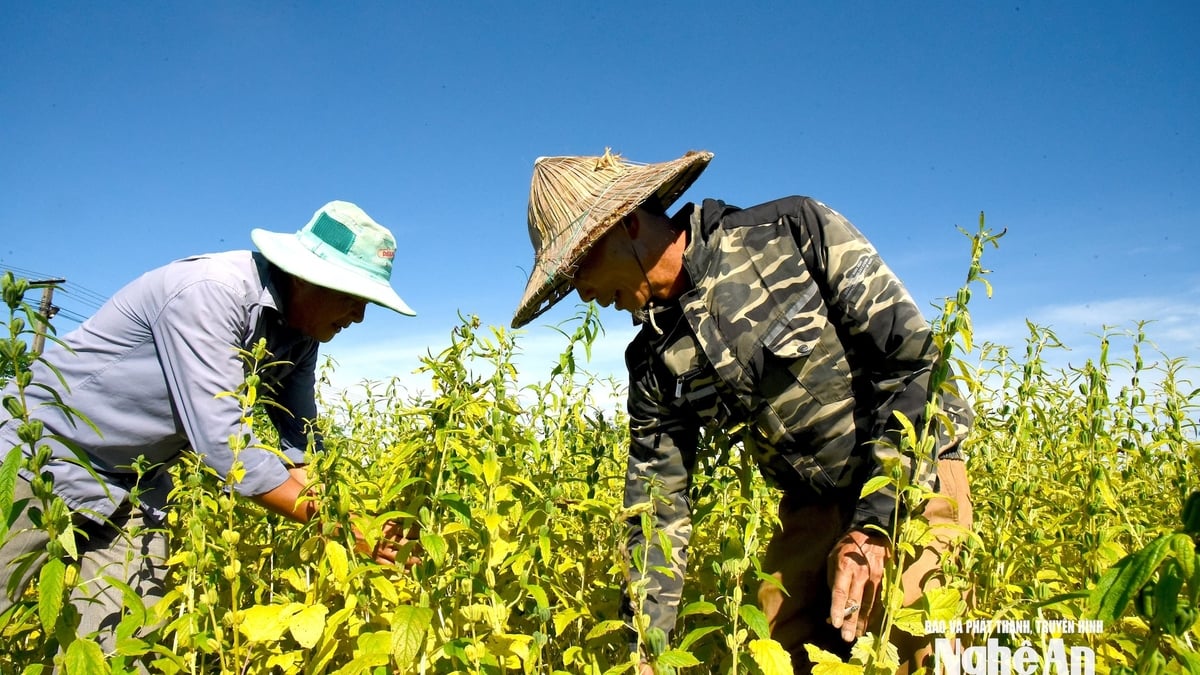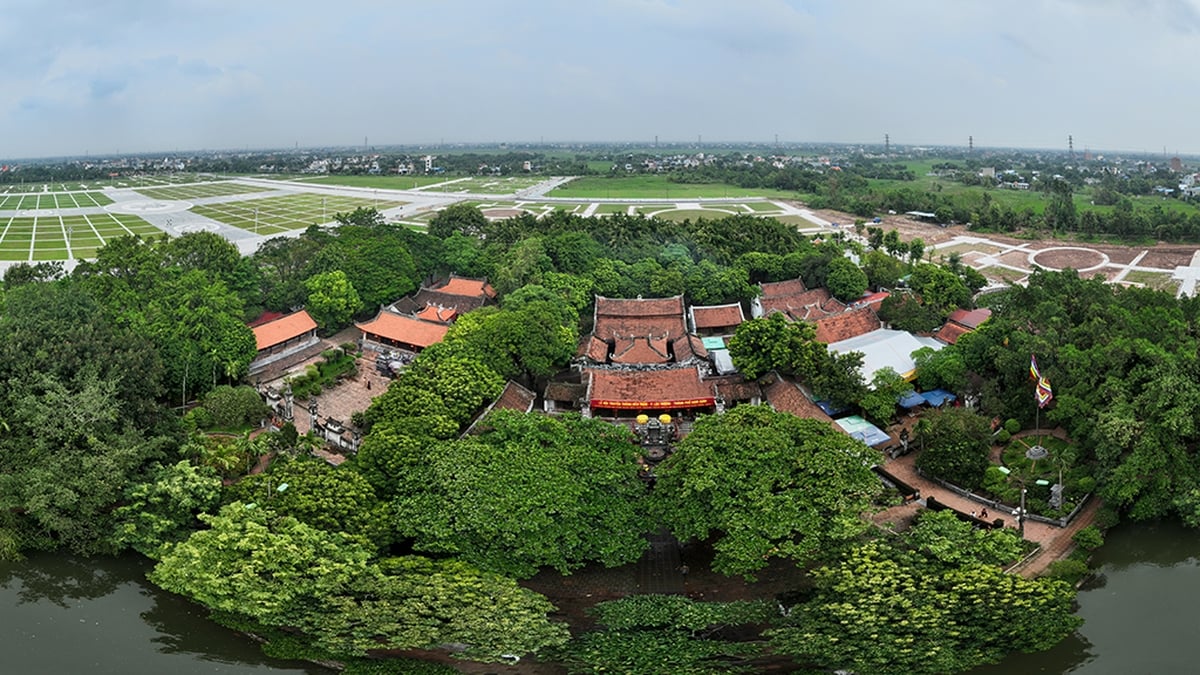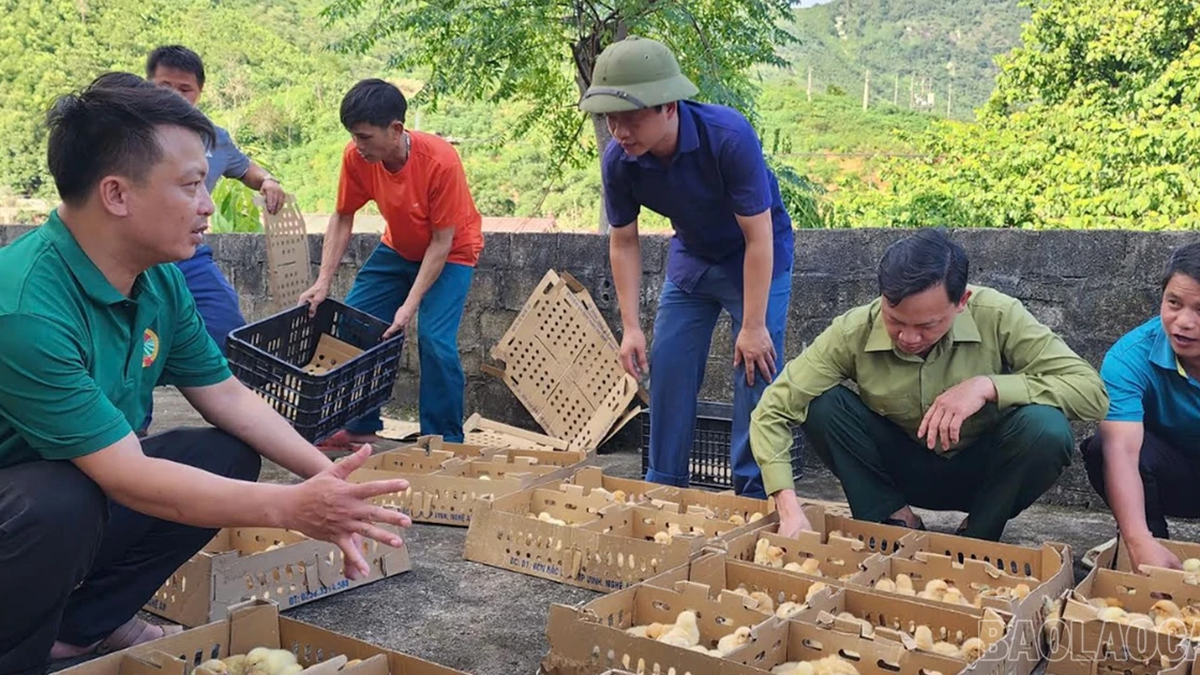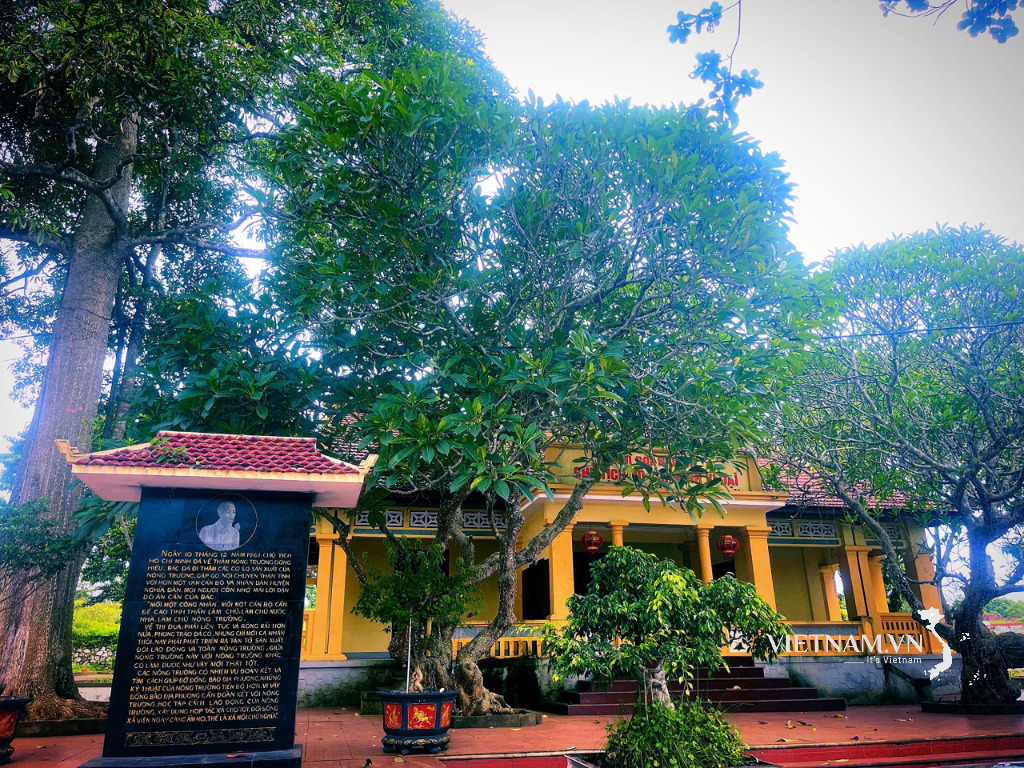
The ancient water system in Cu Lao Cham is a combination of cultivated areas (in the form of hilly terrain, steep mountain foothills) associated with the use of natural freshwater sources (water seeping from the ground and stream water by building dams to prevent water and digging canals).
This ancient water system has historical, cultural and natural ecological value, and is also a unique resource found only in Cu Lao Cham.

According to a survey by the Hoi An Cultural Heritage Management and Conservation Center, there are currently 9 ancient irrigation systems in Cu Lao Cham, including: Ong Quy field and Tinh stream, Chua field and Ong Tho stream, Am field and Am stream, Ba Danh field and Ba Danh stream, Ba Mon field and Cay Cat stream, Na Ba Nghiem field, Bai Ong field and Ong Son stream, Mrs. Tran Thi Chuc field, Bai Chong stream; mainly distributed in Hon Lao.
The Center records, takes photos, films, and diagrams the features, outstanding elements, and characteristics of ancient water systems to assess the current status and propose solutions for conservation and promotion.

According to “Overview of archaeology, history and culture of Cu Lao Cham” by Master Nguyen Chi Trung, Chairman of the Historical Science Association of Hoi An City, along the slopes of Hon Lao mountain overlooking the sandy beaches, there are many “stone stacking” points forming a system that is still quite well preserved, quite typical in the Central region of Vietnam during the time of the Champa people with the purpose of using natural water sources for the needs of life.
It is a system of "stones stacked" in steps, from upstream down, used to get water for offerings - drinking water - bathing water, other daily activities - watering rice fields before flowing out to the sea.
The second "stone stacking" system forms a residential area (house), combined with slash-and-burn farming, dry fields (xich dien), growing crops, fruit trees... or na (terraced fields with water) and fields on flat areas, often with water to grow wet rice (bach dien),...
Source























![[Photo] National Assembly Chairman attends the seminar "Building and operating an international financial center and recommendations for Vietnam"](https://vphoto.vietnam.vn/thumb/1200x675/vietnam/resource/IMAGE/2025/7/28/76393436936e457db31ec84433289f72)












































































Comment (0)